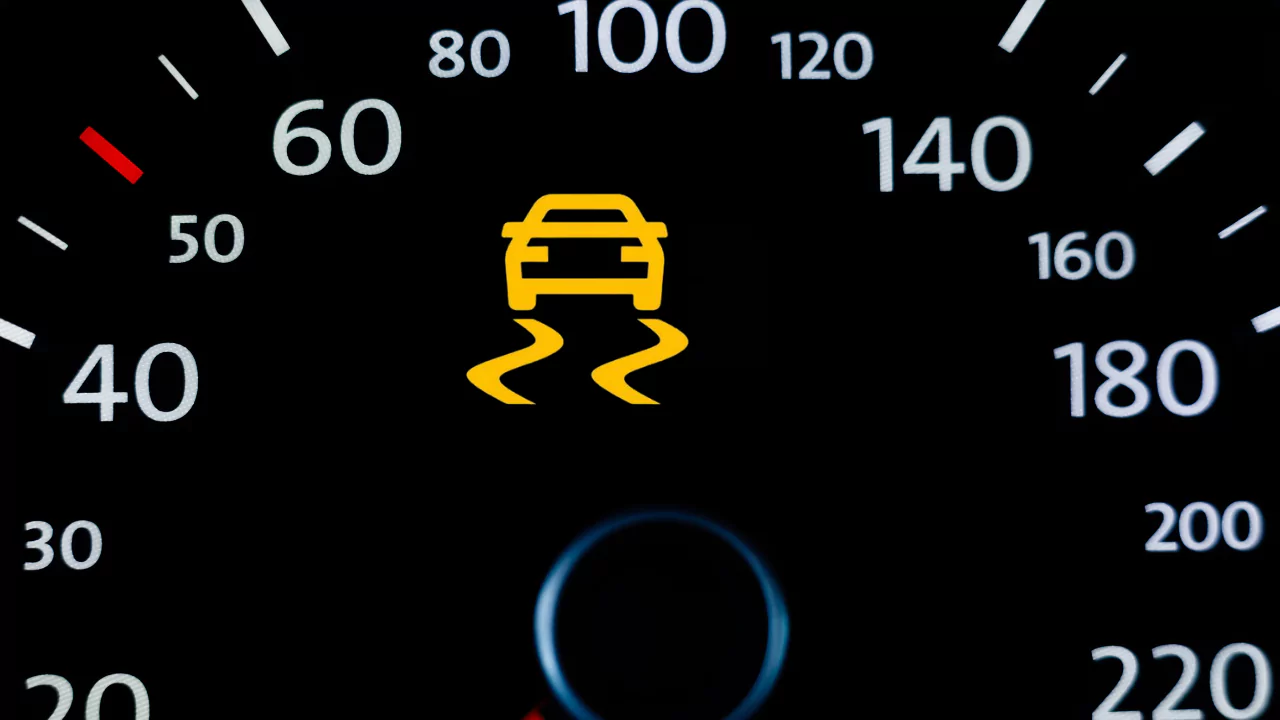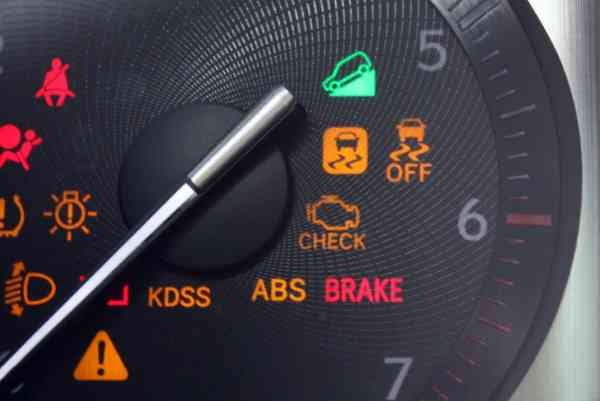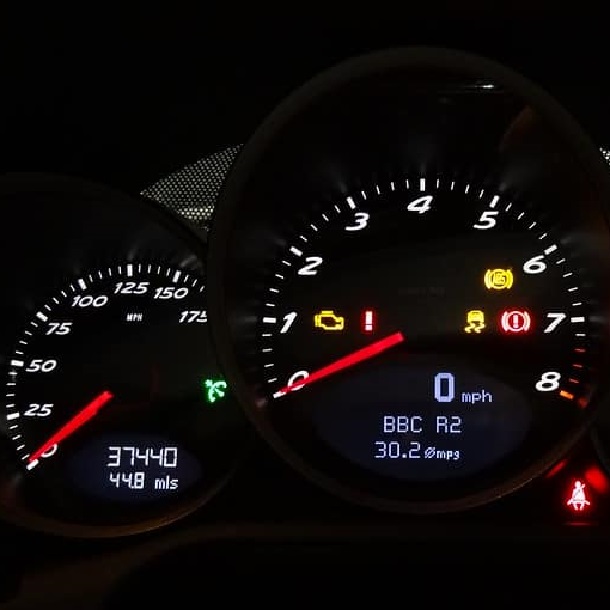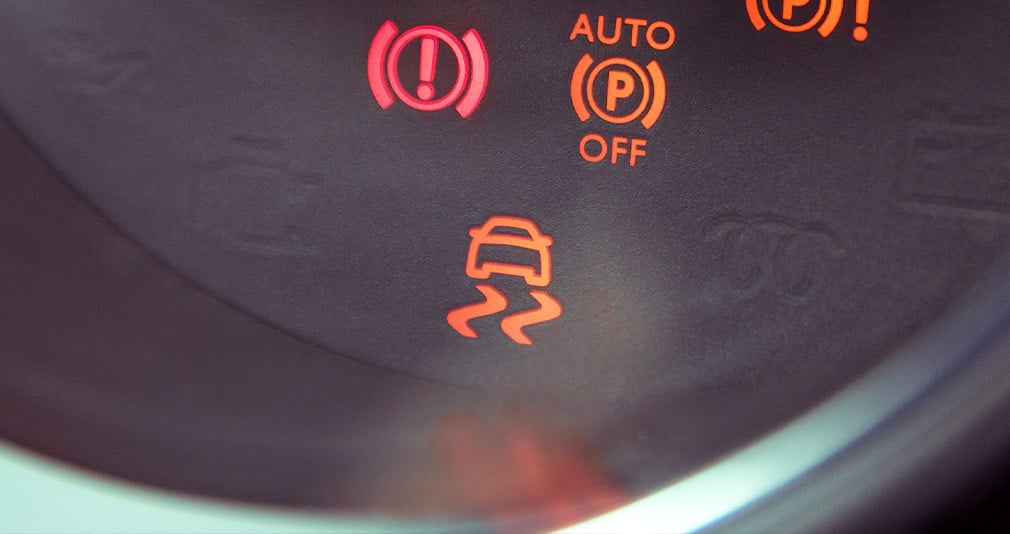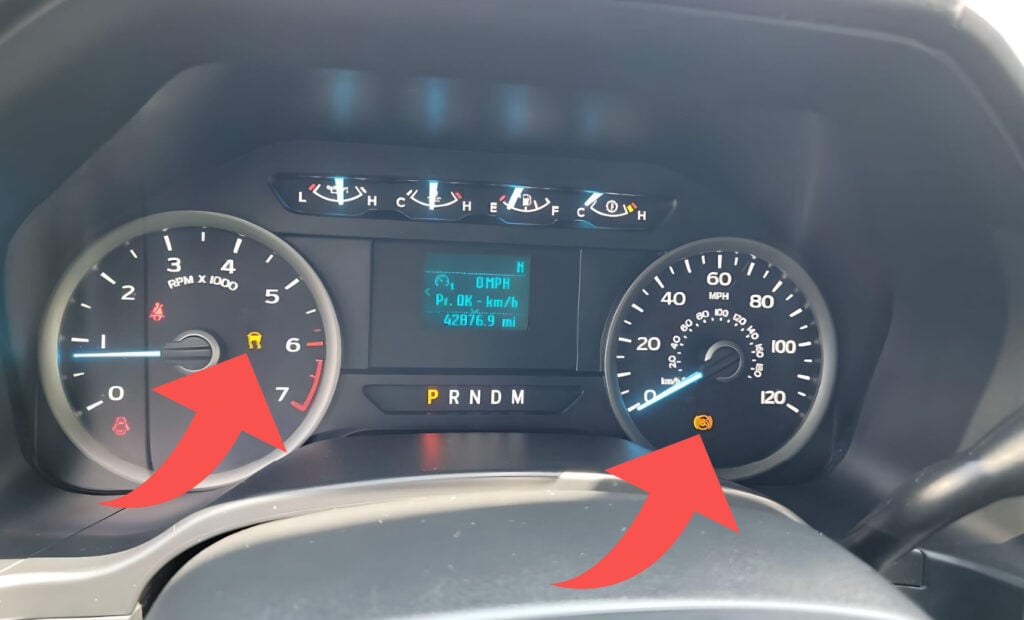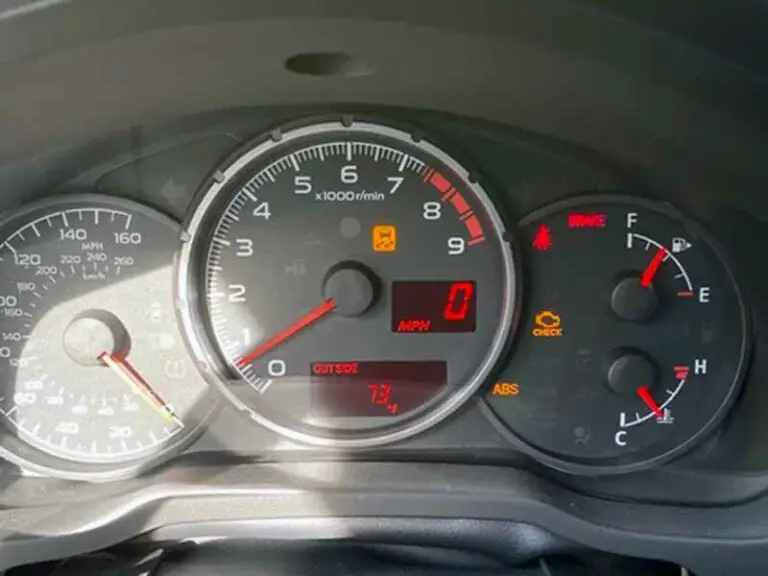Traction Control Light Comes On When Accelerating

For many drivers, the illuminated traction control light on their dashboard is a familiar, albeit often misunderstood, symbol. It typically signals that the vehicle's traction control system is actively engaged, preventing wheel spin during slippery conditions. However, when the traction control light activates during normal acceleration on dry pavement, it can indicate a more significant underlying problem requiring investigation.
The situation, which has been reported across various makes and models, raises concerns about vehicle safety and potential maintenance costs. This article explores the common causes behind this issue, its implications for drivers, and expert recommendations for addressing it effectively.
Understanding Traction Control Systems
Modern vehicles are equipped with sophisticated traction control systems (TCS) designed to enhance safety and handling. These systems utilize sensors to monitor wheel speed and detect instances where one or more wheels are losing traction. When wheel spin is detected, the TCS intervenes by reducing engine power or applying braking force to the spinning wheel, thereby restoring grip and maintaining vehicle stability.
The Society of Automotive Engineers (SAE) defines TCS as a critical component of vehicle safety, particularly in adverse weather conditions. When functioning correctly, the TCS light usually illuminates briefly during acceleration on slippery surfaces like snow or ice, indicating the system is actively working to prevent loss of control.
Common Causes of Illumination During Acceleration
Several factors can trigger the traction control light to illuminate during normal acceleration, even on dry surfaces. One of the most common culprits is a malfunctioning wheel speed sensor. These sensors, typically located at each wheel hub, provide crucial data to the TCS module.
If a sensor is damaged, dirty, or misaligned, it can send inaccurate signals, leading the TCS to falsely believe that wheel spin is occurring. Consequently, the system may engage unnecessarily, causing the light to illuminate and potentially affecting vehicle performance.
Another potential cause is a problem within the braking system. Issues such as worn brake pads, a faulty anti-lock braking system (ABS) sensor, or low brake fluid can sometimes interfere with the TCS operation. Any discrepancy between the intended braking performance and the actual wheel speed can trigger the system.
Furthermore, engine-related problems can also contribute to the issue. A misfiring engine, vacuum leaks, or issues with the mass airflow sensor can cause irregular engine performance. This can lead to fluctuations in wheel speed that the TCS interprets as a loss of traction.
Finally, tire-related problems, such as significantly uneven tire wear or incorrect tire pressure, can also affect the TCS. A noticeable difference in tire circumference between wheels can confuse the system, especially during acceleration or cornering.
Implications for Drivers
When the traction control light illuminates during normal acceleration, it's a clear indication that something is amiss. While the vehicle may still be drivable, it's crucial to address the problem promptly to avoid potential safety risks. The unnecessary engagement of the TCS can reduce engine power and affect acceleration, potentially creating dangerous situations in traffic.
Moreover, ignoring the issue can lead to further damage to other vehicle components. For example, a faulty wheel speed sensor, if left unresolved, could eventually affect the ABS or electronic stability control (ESC) systems, compromising overall vehicle safety.
Speaking to Jane Doe, a mechanic at Advanced Auto Repair, "It's important to get it checked as soon as possible. The longer you wait, the bigger the potential problem and the more costly the repair."
Expert Recommendations
When faced with a traction control light that illuminates during normal acceleration, the first step is to consult a qualified mechanic for a thorough diagnostic check. The mechanic will use specialized equipment to read diagnostic trouble codes (DTCs) stored in the vehicle's computer. These codes can provide valuable clues about the underlying cause of the problem.
Once the source of the issue has been identified, the mechanic can recommend the appropriate repairs. This may involve replacing a faulty wheel speed sensor, repairing or replacing brake components, addressing engine-related problems, or correcting tire-related issues. It's essential to follow the mechanic's recommendations and ensure that all repairs are performed to the manufacturer's specifications.
Regular vehicle maintenance can also help prevent issues with the traction control system. This includes checking tire pressure regularly, ensuring proper tire alignment, and addressing any engine-related problems promptly. By taking these steps, drivers can help maintain the optimal performance of their vehicle's safety systems and avoid unexpected issues with the traction control system.
According to the National Highway Traffic Safety Administration (NHTSA), proactive maintenance is crucial for ensuring vehicle safety. "Regular inspections and maintenance can help identify potential problems before they escalate into safety hazards," states a recent NHTSA report.
Conclusion
The illumination of the traction control light during normal acceleration is a signal that should not be ignored. While it may seem like a minor inconvenience, it can indicate a more significant underlying problem with the vehicle's safety systems. By understanding the common causes of this issue and seeking expert advice, drivers can take proactive steps to address the problem effectively and ensure their safety on the road.
Prompt diagnosis and repair are essential to maintaining the optimal performance of the traction control system and preventing further damage to other vehicle components. Ultimately, prioritizing vehicle maintenance and addressing any warning signs promptly can contribute to a safer driving experience for everyone.
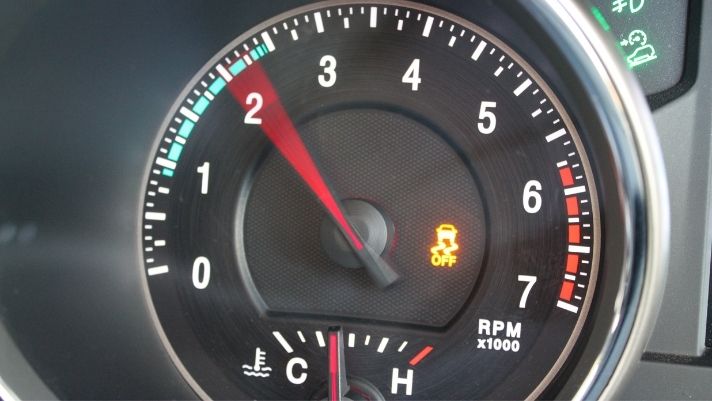
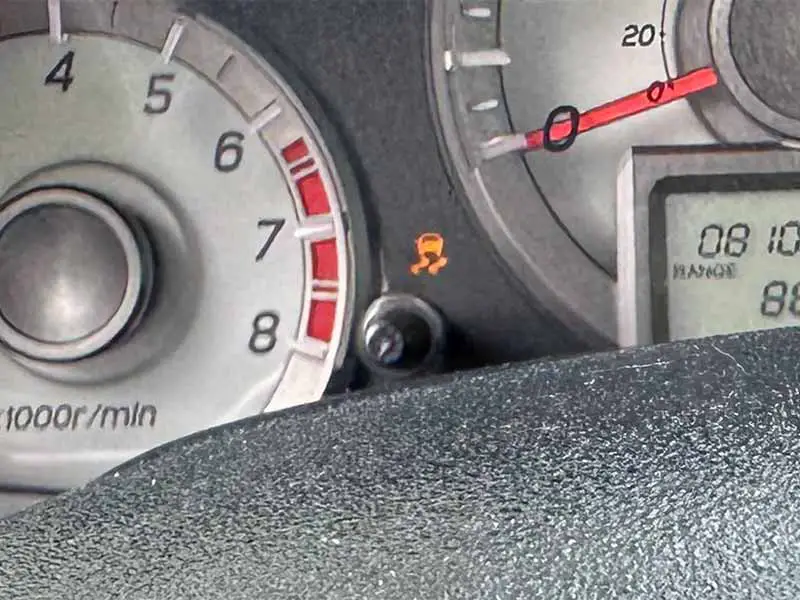
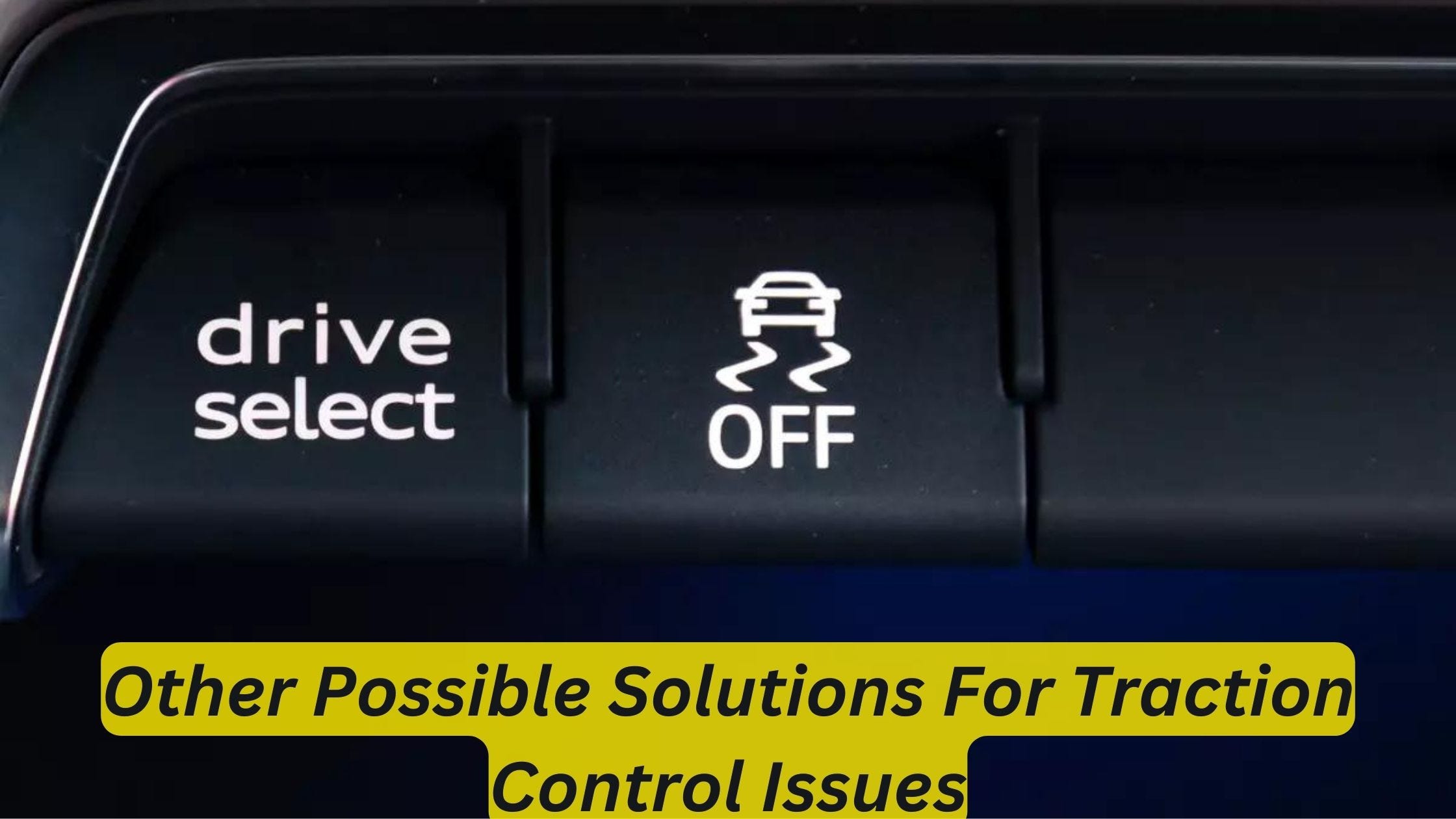

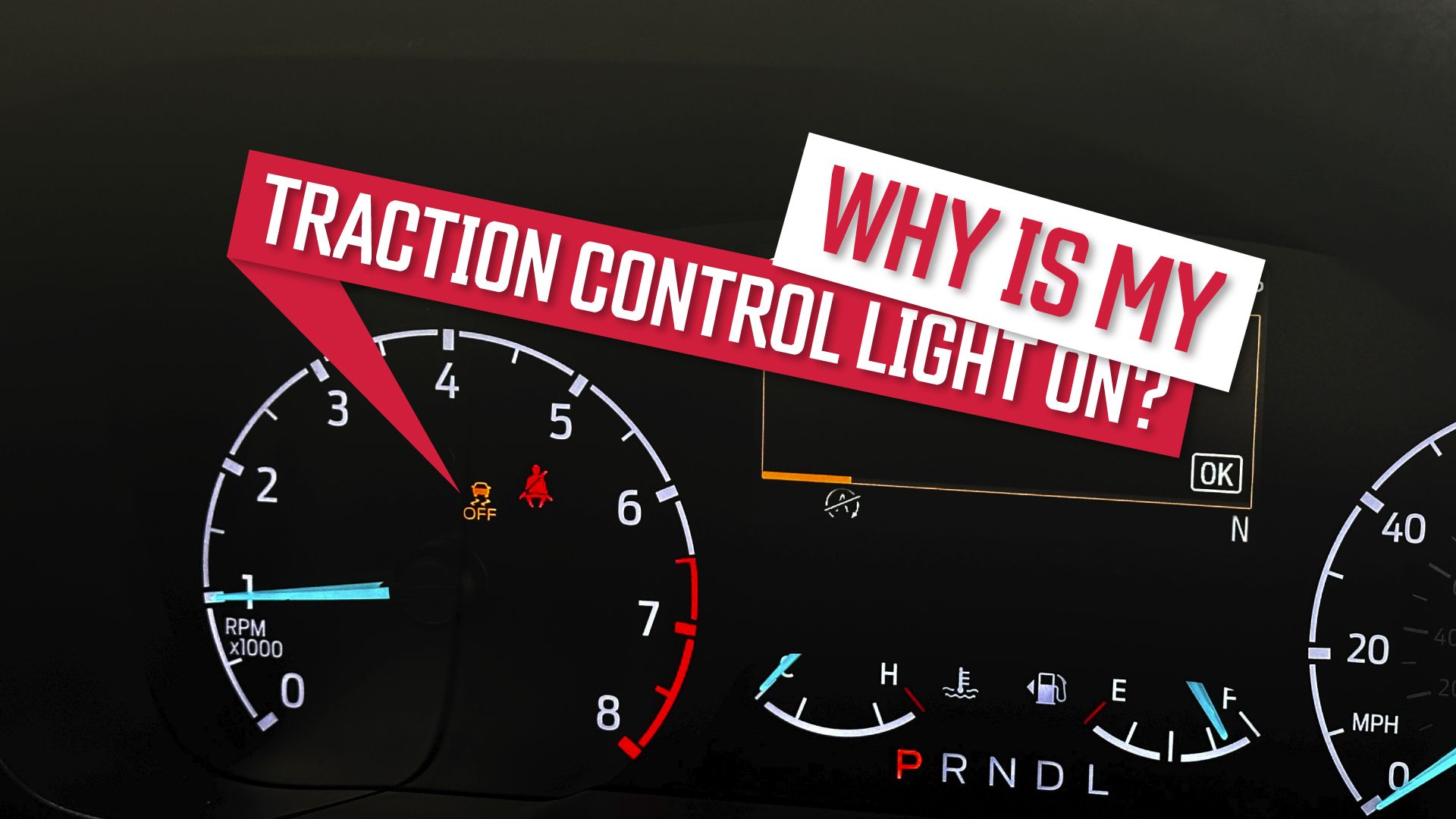
![Traction Control Light Comes On When Accelerating Traction Control Light Comes on and Car Starts Jerking? [Easy Fix]](https://fixandtroubleshoot.com/wp-content/uploads/2022/12/traction-control-light-comes-on-and-car-starts-jerking-1024x576.jpg)
